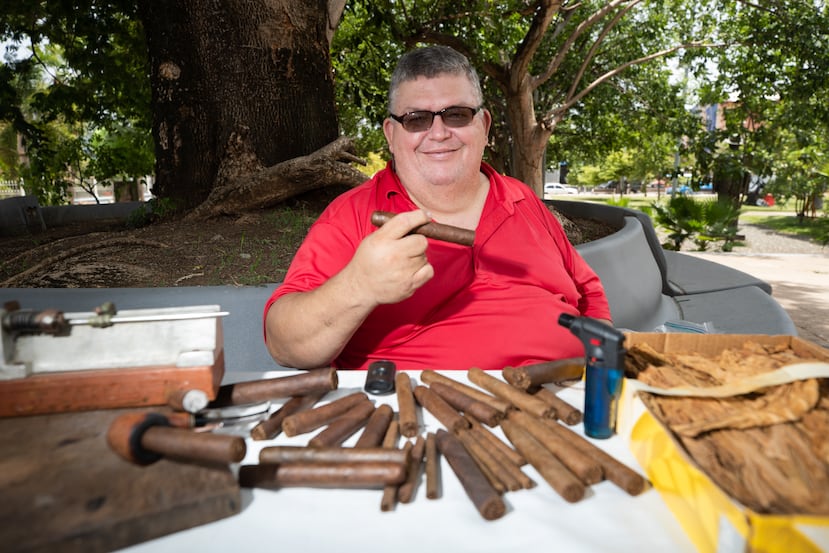
We are part of The Trust Project
José Antonio Vélez Burgos: Passionate about Tobacco
This artisan manufactures cigars, spun cut tobacco, and pipe tobacco using traditional methods
Archival note
This content was published more than 11 months ago.
April 25, 2024 - 11:00 PM


Lee la historia en español aquí.
Las noticias explicadas de forma sencilla y directa para entender lo más importante del día.


Te invitamos a descargar cualquiera de estos navegadores para ver nuestras noticias: